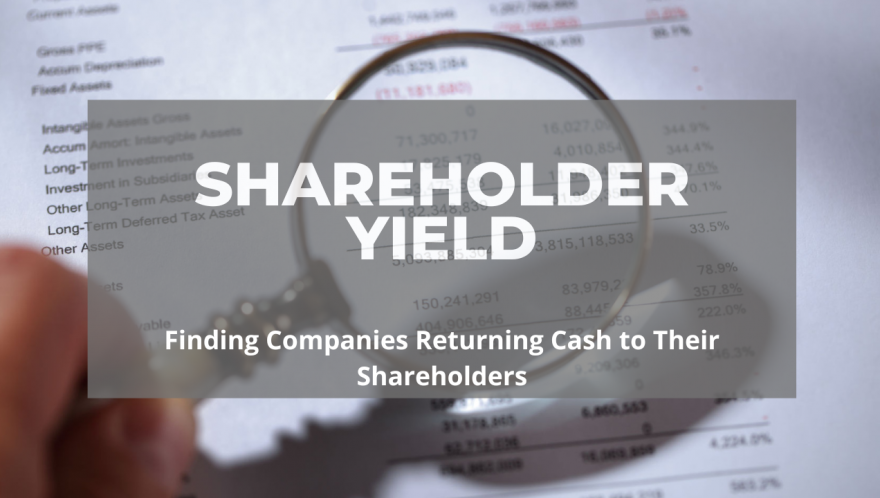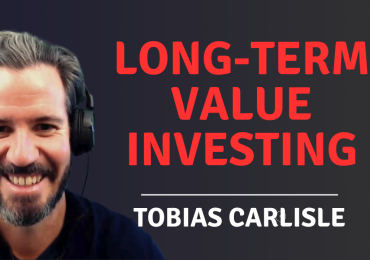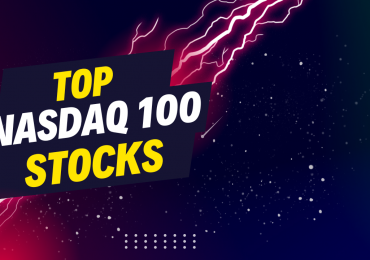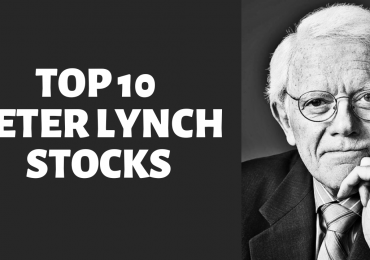In the world of investing, investors are always on the lookout for metrics that can help them identify undervalued companies with the potential for strong returns. One such metric that has gained popularity in recent years is shareholder yield. In this article, we’ll explore what shareholder yield is, its components, and why it is considered superior to the more commonly used dividend yield. We’ll also highlight five companies with high shareholder yields that investors may want to consider.
What is Shareholder Yield?
Shareholder yield is a comprehensive measure of a company’s ability to return cash to its shareholders. It takes into account not only the dividends paid out to shareholders but also the value of share buybacks and debt reduction. By considering these three components, shareholder yield provides a more complete picture of a company’s financial health and its commitment to returning value to shareholders.
Components of Shareholder Yield
- Dividend Yield: This is the most well-known component of shareholder yield. It represents the percentage of a company’s share price that is paid out as dividends to shareholders.
- Share Buybacks: When a company repurchases its own shares, it reduces the number of outstanding shares, which can increase the value of the remaining shares. Share buybacks are an important component of shareholder yield because they demonstrate a company’s confidence in its own future prospects and its willingness to return cash to shareholders.
- Debt Reduction: When a company pays down its debt, it reduces its interest expenses and frees up cash flow that can be returned to shareholders in the form of dividends or share buybacks. Debt reduction is an important component of shareholder yield because it demonstrates a company’s financial discipline and its ability to generate strong cash flows.
Why Shareholder Yield is Superior to Dividend Yield
While dividend yield is a popular metric for evaluating the attractiveness of a stock, it has some limitations. For one, it only considers the dividends paid out to shareholders and ignores other ways that companies can return cash to shareholders, such as share buybacks and debt reduction. Additionally, a high dividend yield can sometimes be a red flag, indicating that a company is paying out more in dividends than it can afford to sustain over the long term.
Shareholder yield, on the other hand, provides a more comprehensive view of a company’s ability to return cash to shareholders. By considering dividends, share buybacks, and debt reduction, it gives investors a better sense of a company’s overall financial health and its commitment to creating value for shareholders.
Five High Shareholder Yield Companies
- Marathon Oil Corporation (MRO): Marathon Oil Corporation is an independent exploration and production company primarily focused on unconventional resources in the United States. The company has a strong track record of returning cash to shareholders through dividends and share buybacks.
- Toll Brothers, Inc. (TOL): Toll Brothers is a leading builder of luxury homes in the United States. The company has a strong balance sheet and has consistently returned cash to shareholders through share buybacks and dividends.
- Eastman Chemical Company (EMN): Eastman Chemical Company is a global specialty materials company that produces a wide range of advanced materials, chemicals, and fibers. The company has a strong focus on innovation and has consistently returned cash to shareholders through dividends and share buybacks.
- Tapestry, Inc. (TPR): Tapestry is a leading designer and marketer of high-end accessories and lifestyle brands, including Coach, Kate Spade, and Stuart Weitzman. The company has a strong balance sheet and has consistently returned cash to shareholders through dividends and share buybacks.
- McKesson Corporation (MCK): McKesson Corporation is a global leader in healthcare supply chain management solutions, retail pharmacy, and healthcare information technology. The company has a strong track record of returning cash to shareholders through dividends and share buybacks.









